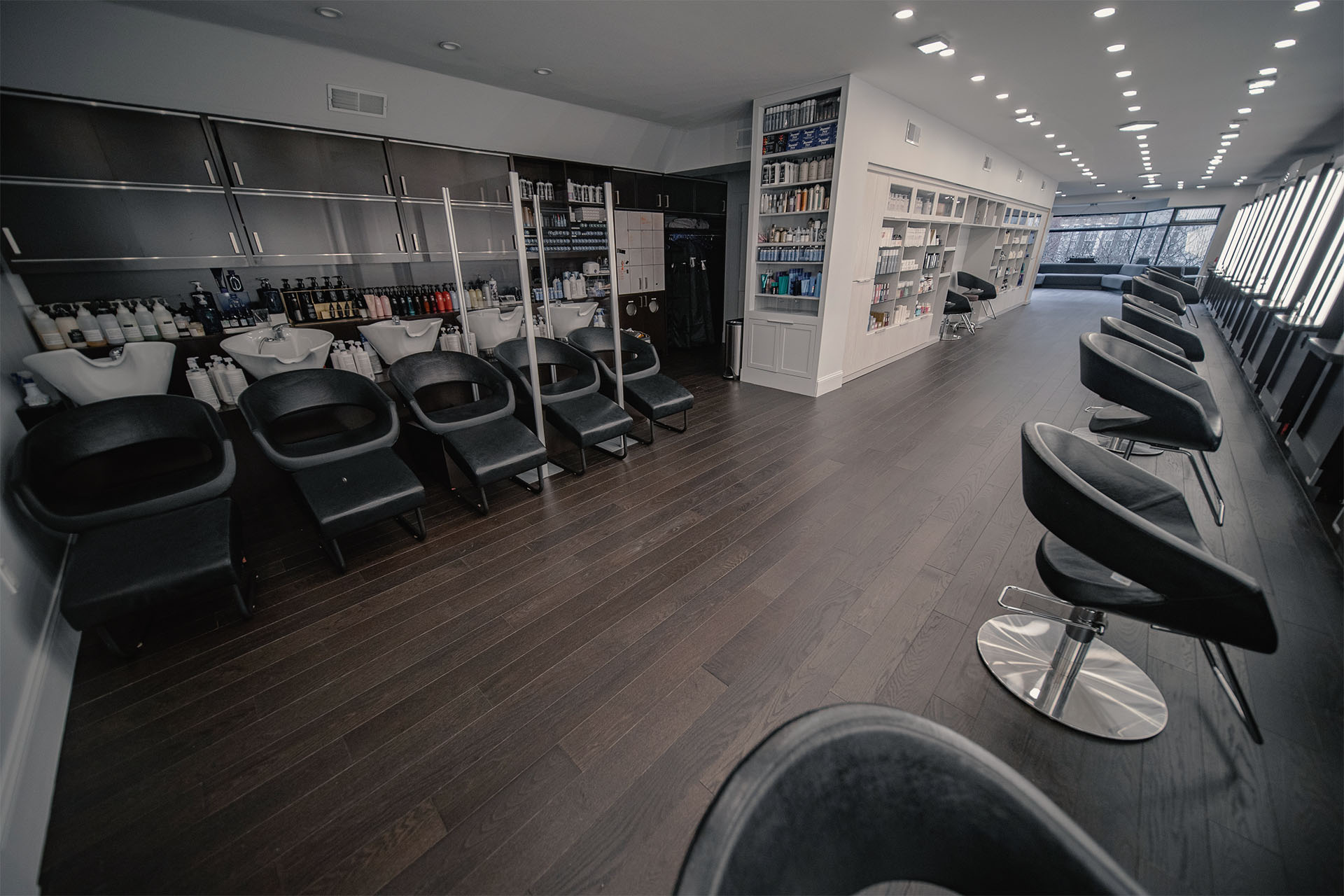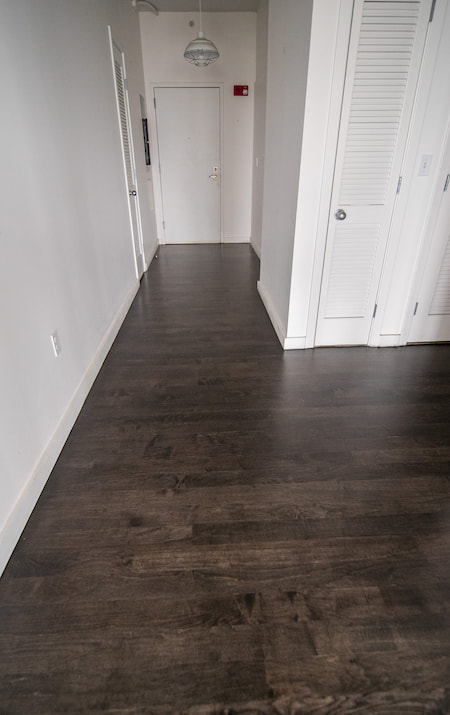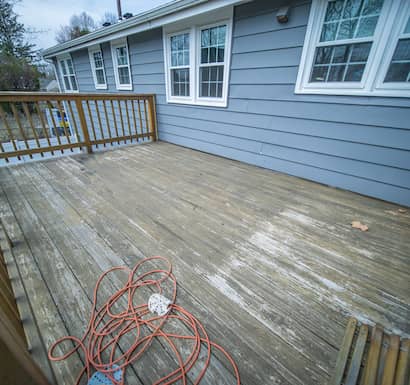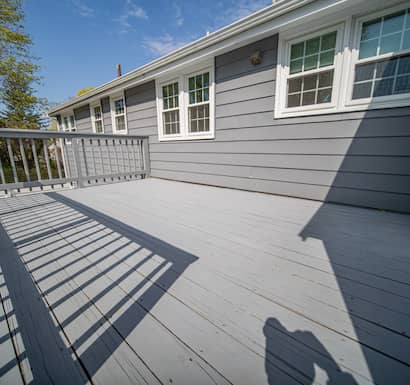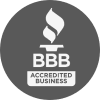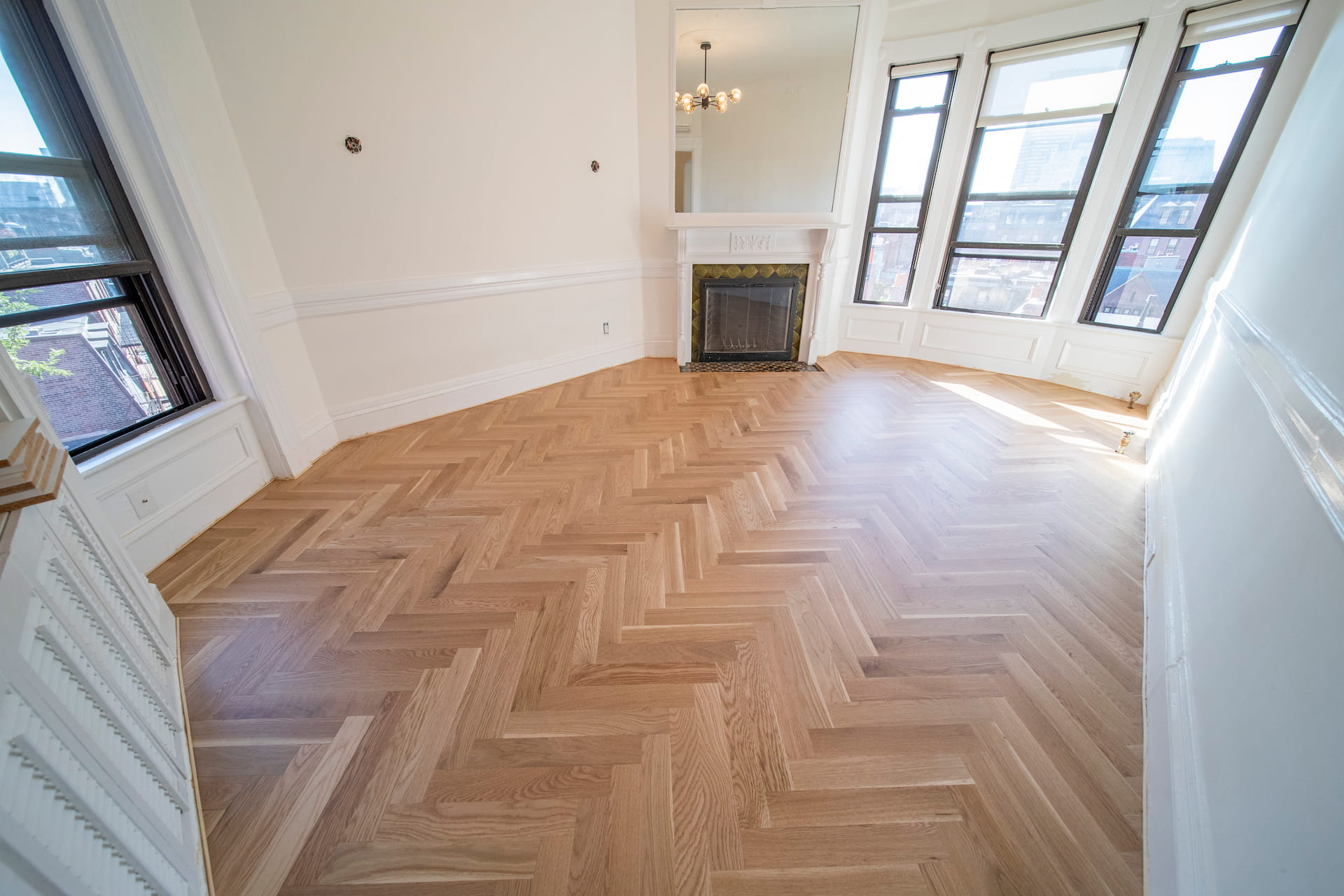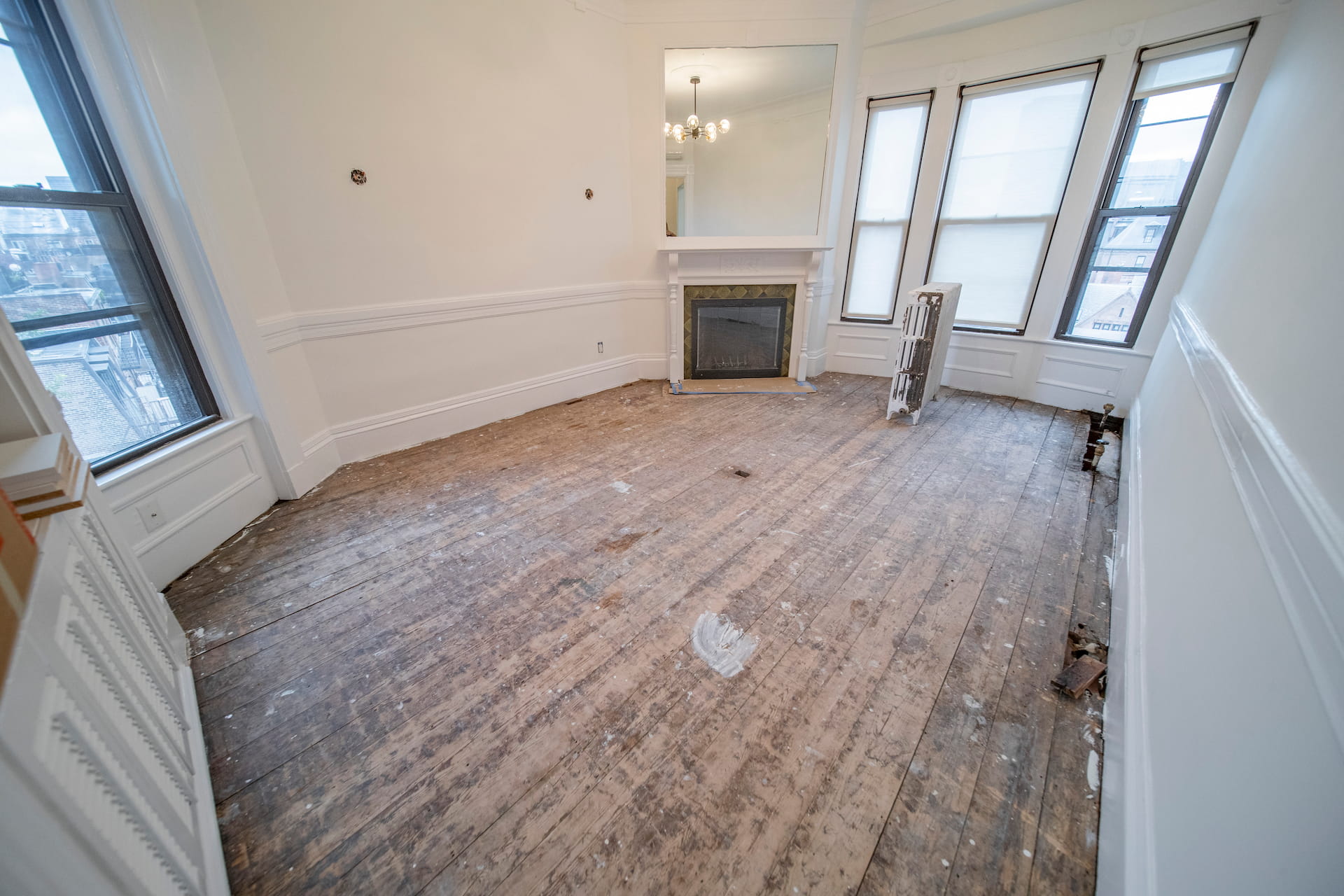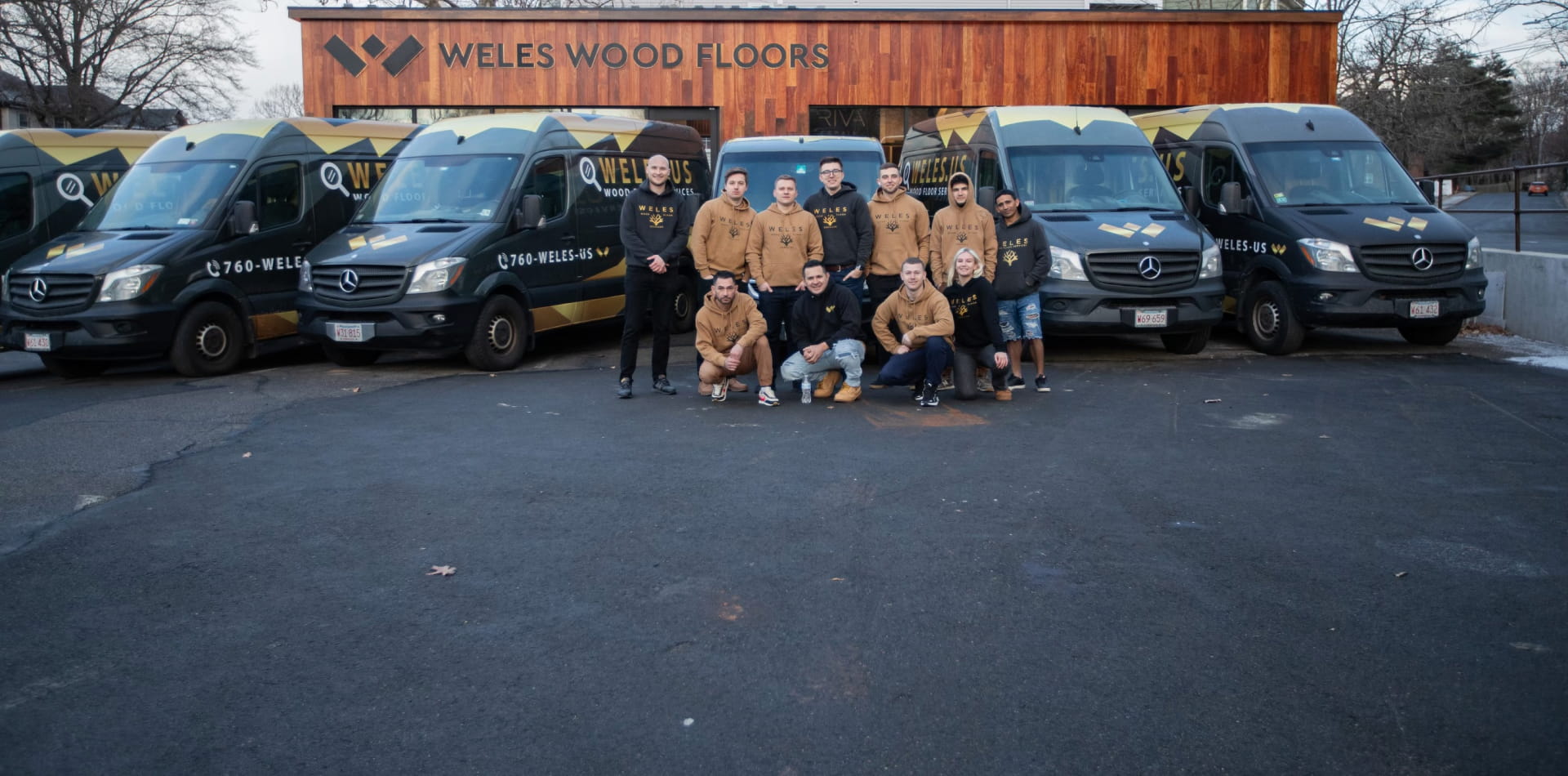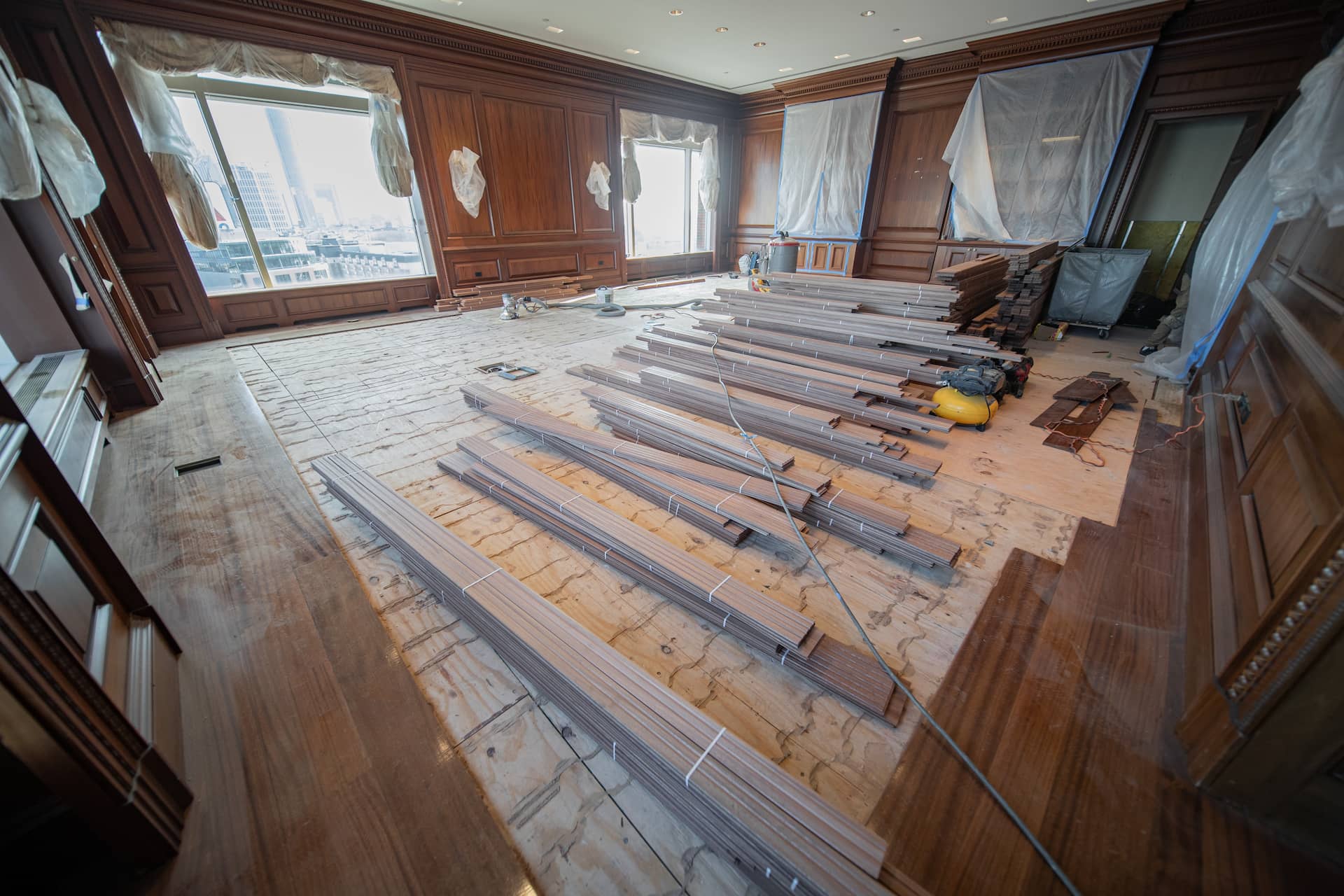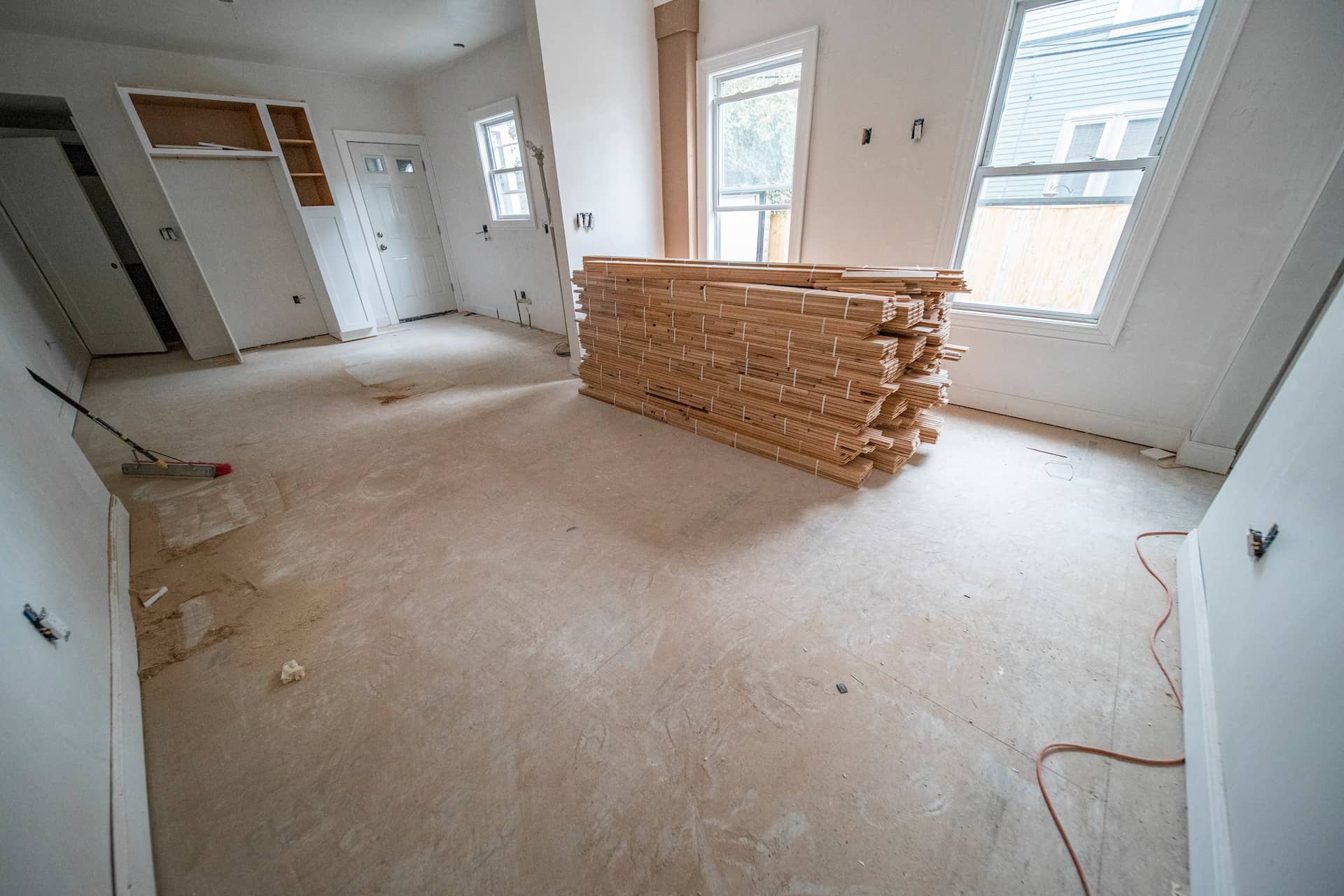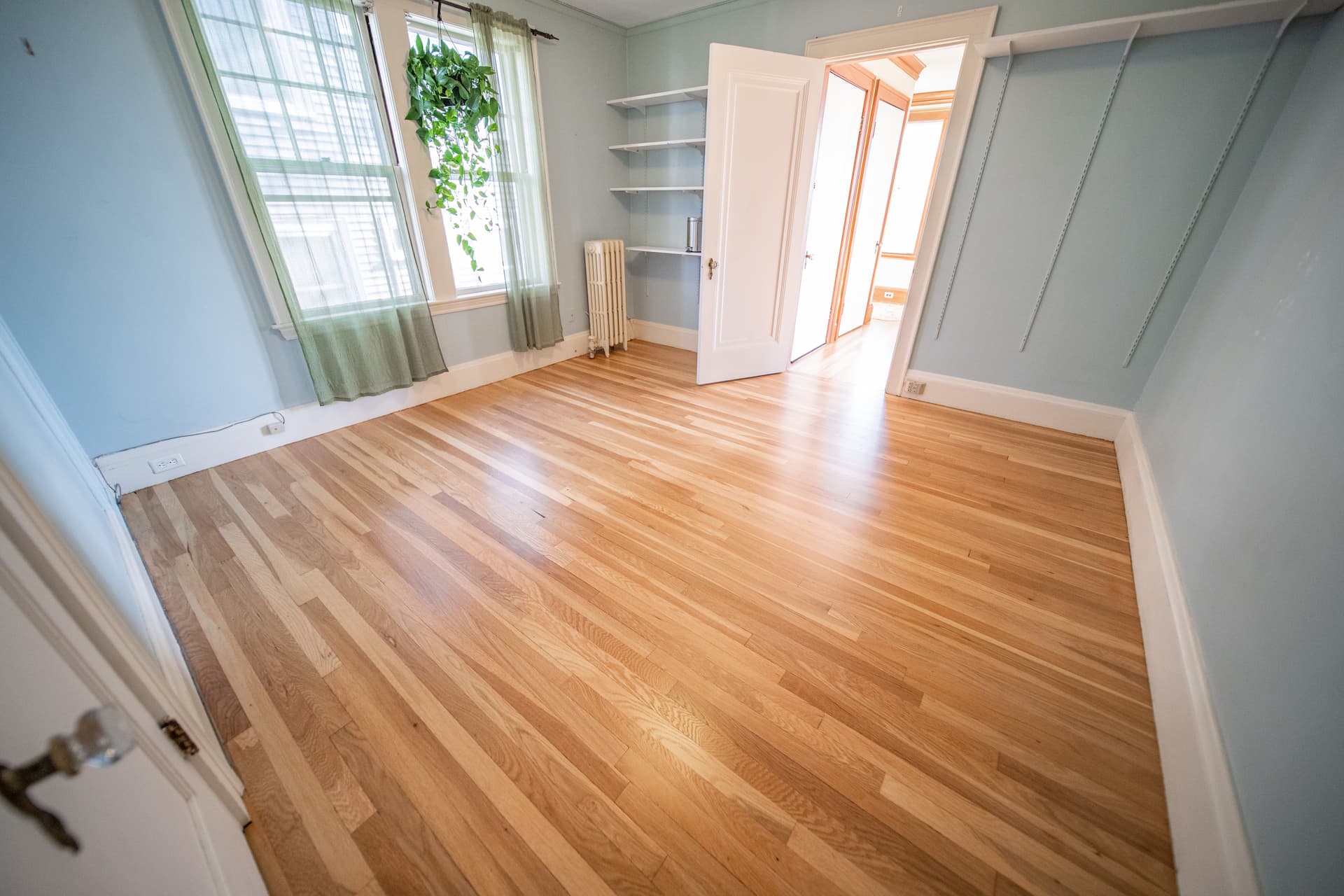Weles offers complete hardwood floor repair & restoration in Greater Boston, Cape
Ann, the New Hampshire Seacoast, and Southern Maine. Before doing any cosmetic work, our team checks
every plank, subfloor, and joist connection to make sure the structure is stable. This includes
everything from spot board swaps to whole-room rejuvenation.
We use NWFA moisture guidelines to make sure that the subfloor—whether it's
plywood, OSB, or concrete—is level so that the repaired boards can get used to the new environment.
Once we know the equilibrium moisture content (EMC), we can start color blending, sanding, and
finishing systems that go well with your current floor.
Homeowners, landlords, and historic property managers in New England trust us to fix squeaks, clean
up pet and water damage, and add new underlayment when needed. Every project comes with a service
plan that takes into account your schedule, how you want the work done, and the area's normal
humidity changes (30–50% RH; 60–80°F).
